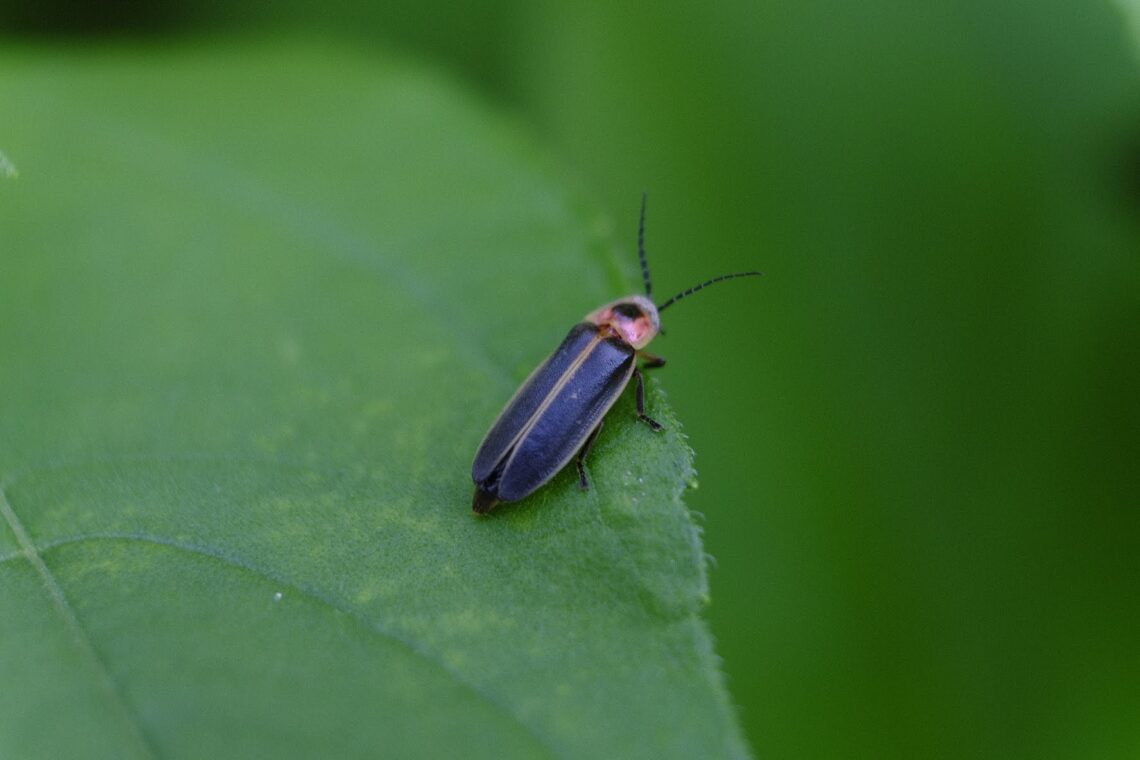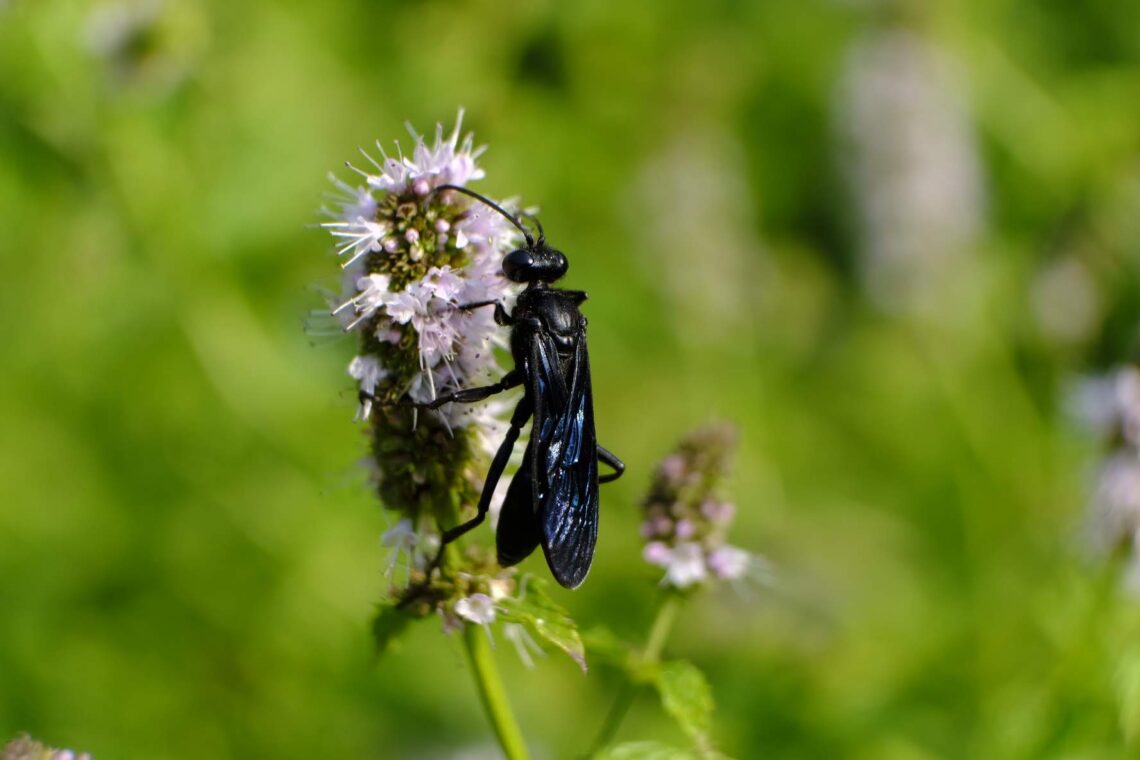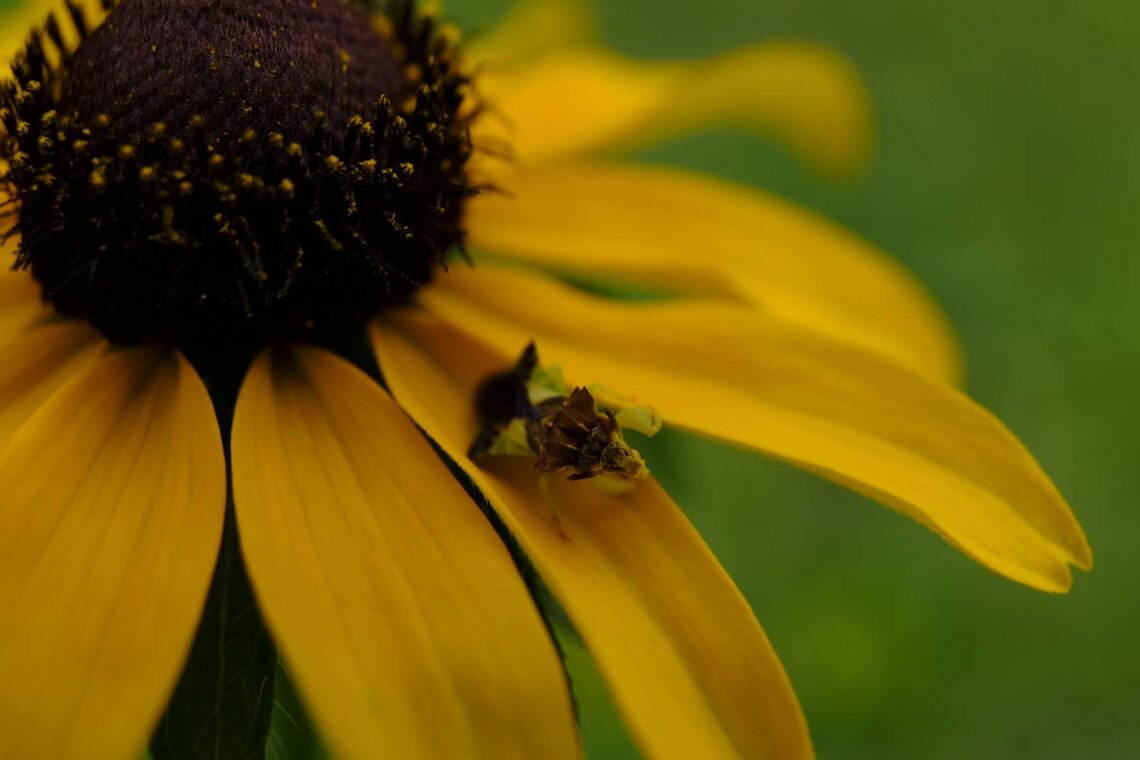What an odd summer we’ve been having! It’s either 90F and rainless for weeks, or it’s quarter-sized hail, tornado warnings, and massive trees falling down throughout neighborhoods. Despite the crazy weather, I still find myself out and about exploring nature.
In fact, I may be exploring nature a little too much because as I write this I’m covered in dozens of mosquito bites, some of the worst chigger bites I’ve ever experienced, a poison ivy rash that won’t seem to go away, and wild parsnip burns on my wrist where my work glove and long-sleeved shirt meet. With that in mind, today’s nature update will be provided courtesy of the pollinators in my backyard!
We seem to be nearing the end of the gorgeous light shows put on by fireflies each night, so get out while you can and enjoy the performance! The other night my son and I caught about a dozen in a mason jar so that we could put them on his nightstand for about 10-15 minutes while we read bedtime stories. Not a single firefly lit up the entire time.
Of course as soon as I released them in the yard, they flew off lighting up the night sky. I guess that’s what I get for trapping them in the first place. Lesson learned.
Wild bergamot, also known as bee balm (and for good reason), is in full bloom right now and it’s quite a sight! Hand’s down it’s my favorite native plant in Wisconsin. It might just even be my favorite plant. Whenever I see it I’m reminded of prairies and all of the pollinators that you’ll find buzzing around them (like this bumble bee in my yard).
In winter, if you pull off the seed heads of bergamot and crush them in your fingers, it releases an intoxicating aroma that can bring you straight back to summer with just one sniff. Gray-headed coneflower (or yellow coneflower) is another native prairie plant that does the same thing, but it smells of intense citrus. I highly recommend trying it out!
Upon discovering this terrifying wasp in yard, I immediately wanted to take a photo of it. My instincts must have kicked in because I wouldn’t allow myself to get within a few feet of this creature. It was at least 1″ long, fast, and extremely twitchy. My favorite kinds of insects to photograph are the slow, sleepy, boring ones. This was different.
I worked up my courage to get close enough for a picture and snapped a couple. I looked it up later that day, and the internet says it’s a great black wasp, which is a type of digger wasp. Apparently they build nests underground and feed primarily on katydids, crickets, and grasshoppers. I was happy to not see humans on that list.
Lastly, while admiring the black-eyed susans in my backyard, my son found this little critter hanging out on one of the petals. Despite how noisy and close we got to it, it never moved once (I assure you it was alive). I was surprised that he even found this insect because of how small and camouflaged it was.
Having never seen one before, we looked it up and it turned out to be an ambush bug (or assassin bug), which are known to hang out on the petals of black-eyed susans and sunflowers. They wait motionless for an unsuspecting victim to land on the flower, and then they attack! Apparently they can take down prey several times larger than themselves.
Well, I hope you enjoyed my virtual tour of nature as it’s happening. However you experience the outdoors or nature, be it physical, virtual, spiritual, or anything in between, I encourage you to do it!
See you next month!




